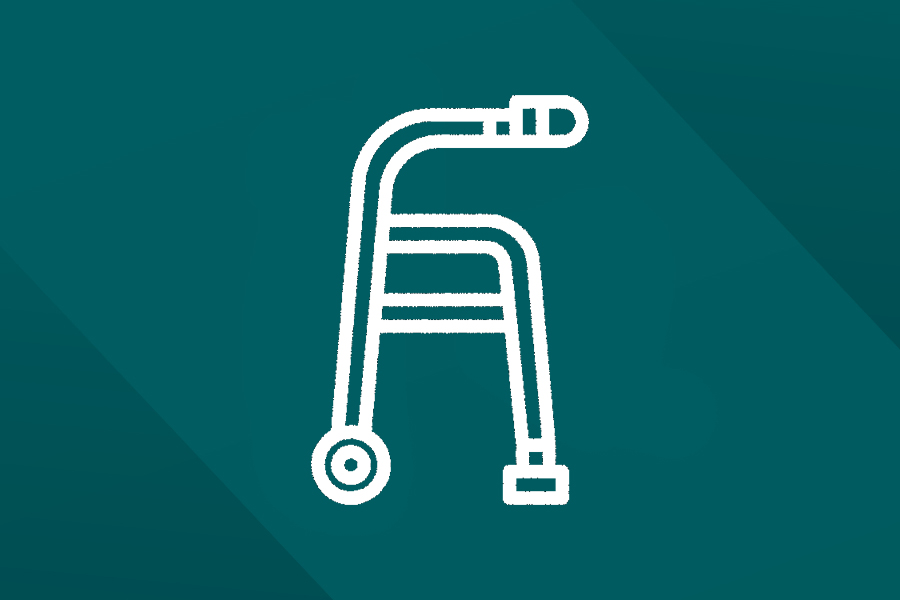Fall Risk Reduction Interventions

What?
Fall risk reduction interventions are actions taken with or on behalf of a patient to improve or maintain the patient’s safety.Why?
Any patient is at risk of falling while hospitalized. Staff must take actions at the bedside to mitigate a patient’s risk of falling. Some patients are at greater risk than others due to various factors that are specific to that patient.How?
Universal interventions ensure a safe and comfortable environment for all patients. Targeted interventions are directed at specific patient risk factors, and are provided in addition to universal interventions. Targeted interventions address a patient’s unique risk factors uncovered by the risk assessment tool or upon clinical assessment of the patient. Therefore, not all targeted interventions are necessary for all patients at risk.Resources
Access tools and educational resources below to help you implement fall risk reduction interventions in general.
Use the additional icons to access specific information about the implementation of universal and targeted interventions.

Cognitive or Emotional Impairments
Impairments such as poor memory, impulsivity, or confusion may reduce a patient’s insight into how to decrease his or her risk of falling.

Difficulty with Mobility and/or Activities of Daily Living
Impairments in strength, gait, or balance can make it unsafe to engage in independent ambulation, transfers, or daily tasks.

Medications
Intended to cause a positive change in a patient’s medical status, medications can come with side effects that may increase risk of falls.

Risk of Injury
Despite our best efforts, some patients will fall. Therefore, it is appropriate to consider how to reduce a patient’s risk of injury.

Sensory Impairment
Impairments can negatively impact a patient’s gait or balance, as well as his/her ability to receive education about fall risk.

Toileting Needs
Bowel or bladder issues can cause a patient to rush to the bathroom, a problem sometimes compounded by mobility impairments.
